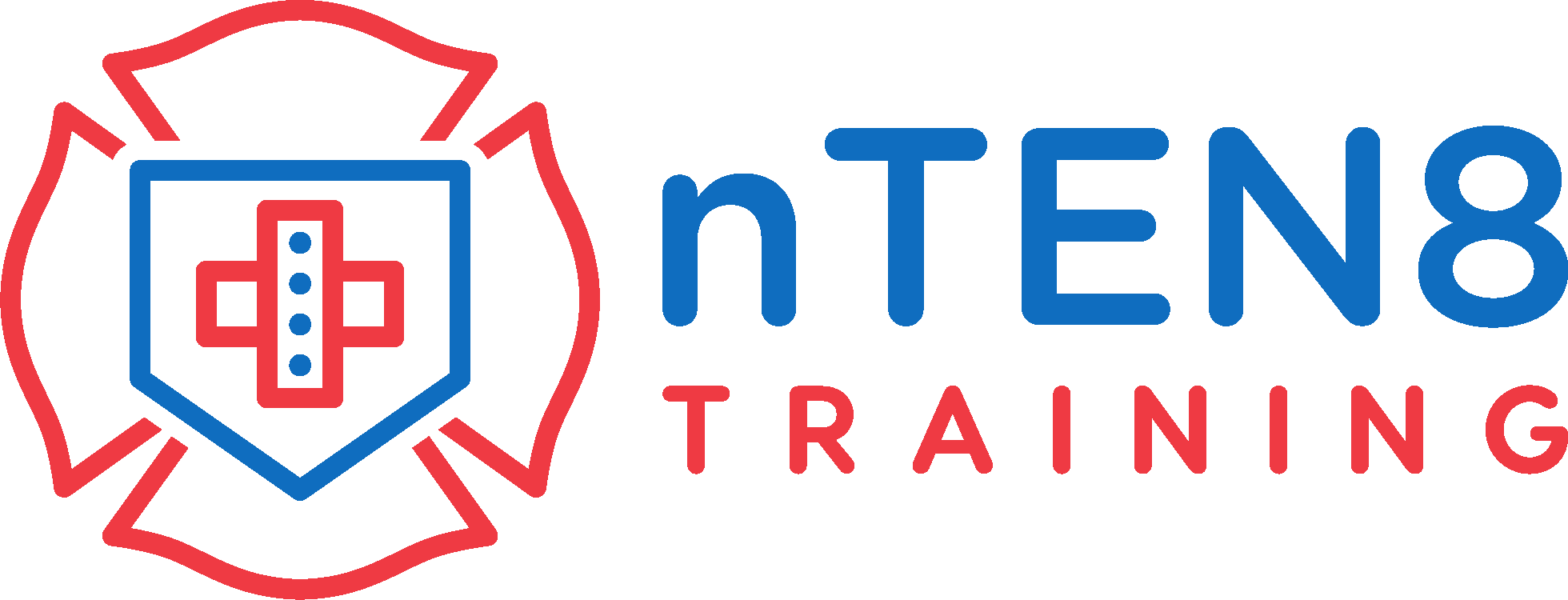Health and Safety in Care Setting
Health and Safety Laws: Understanding and complying with essential health and safety laws and regulations to create a safe environment for all individuals in care settings.
Risk Assessment: Recognizing and managing risks in care settings to ensure the safety of buildings and prevent mishaps and injuries.
Emergency Preparedness: Being prepared to respond to emergencies through knowledge of first aid protocols, fire safety measures, and evacuation routes, emphasizing the importance of effective communication and collaboration in ensuring everyone's safety.
Infection Control: Acquiring skills to prevent the spread of infections by following hygiene regulations, wearing personal protective equipment (PPE), and maintaining a clean environment.
By implementing health and safety protocols, conducting risk assessments, preparing for emergencies, and controlling infections, participants can significantly contribute to enhancing the well-being of individuals in care environments.
Lessons
Brief Description of Health and Safety in Care Setting
Module one covers laws, rules, and procedures, as well as the many tasks of key care workers. However, fundamental notions must be addressed first. Throughout this course, "resident" has been used to refer to care recipients.
Module 2: Employee Responsibilities
This webinar will discuss the mechanisms needed to provide best care for all stakeholders. Our conversation will begin with care planning. A care plan is a comprehensive plan created with the resident to meet their health and social needs.
Module 4: Accidents and Illness Part 1
Module 5: Accidents and Illness Part 2
Module 6: Moving and Handling
Module 7: General Hazards: Fires, Gas and Electricity
Module 8: Aggression, Violence, Security and Stress
Module 9: Work Environment and Welfare





